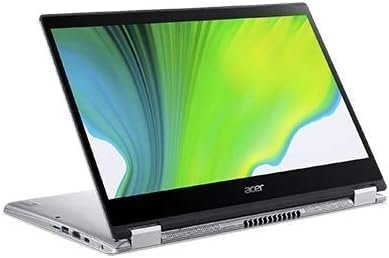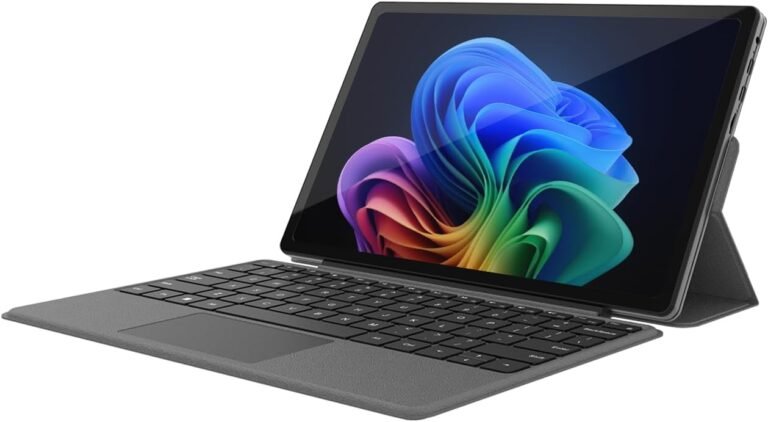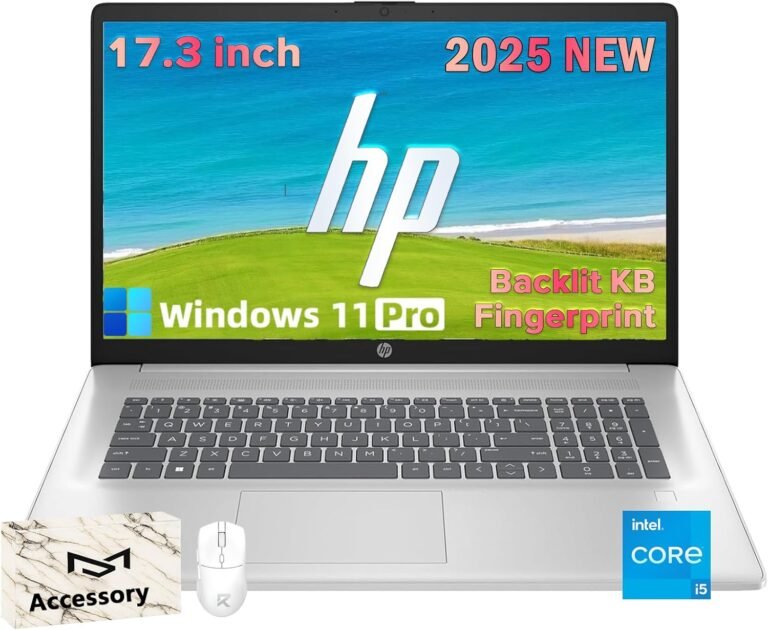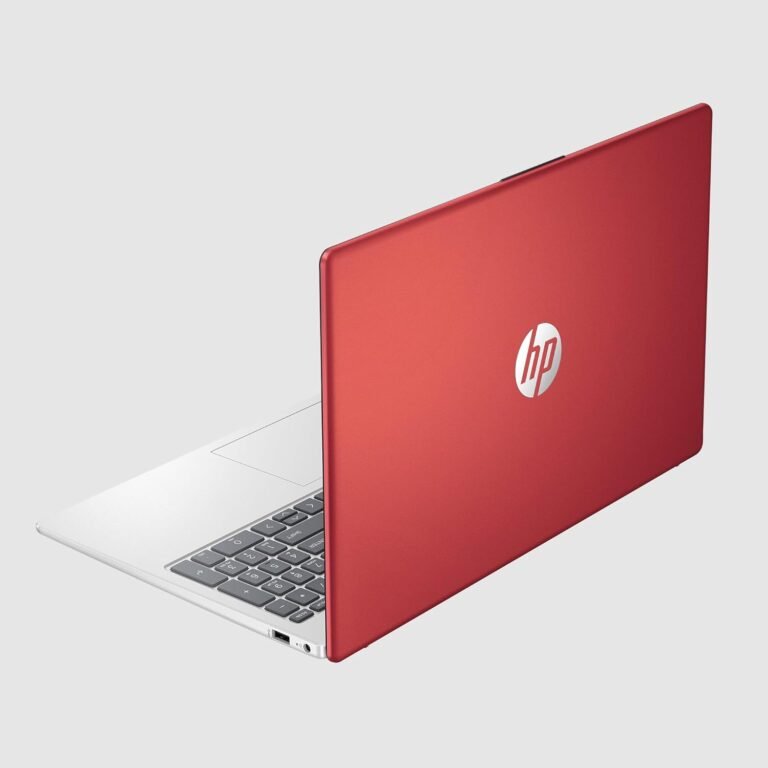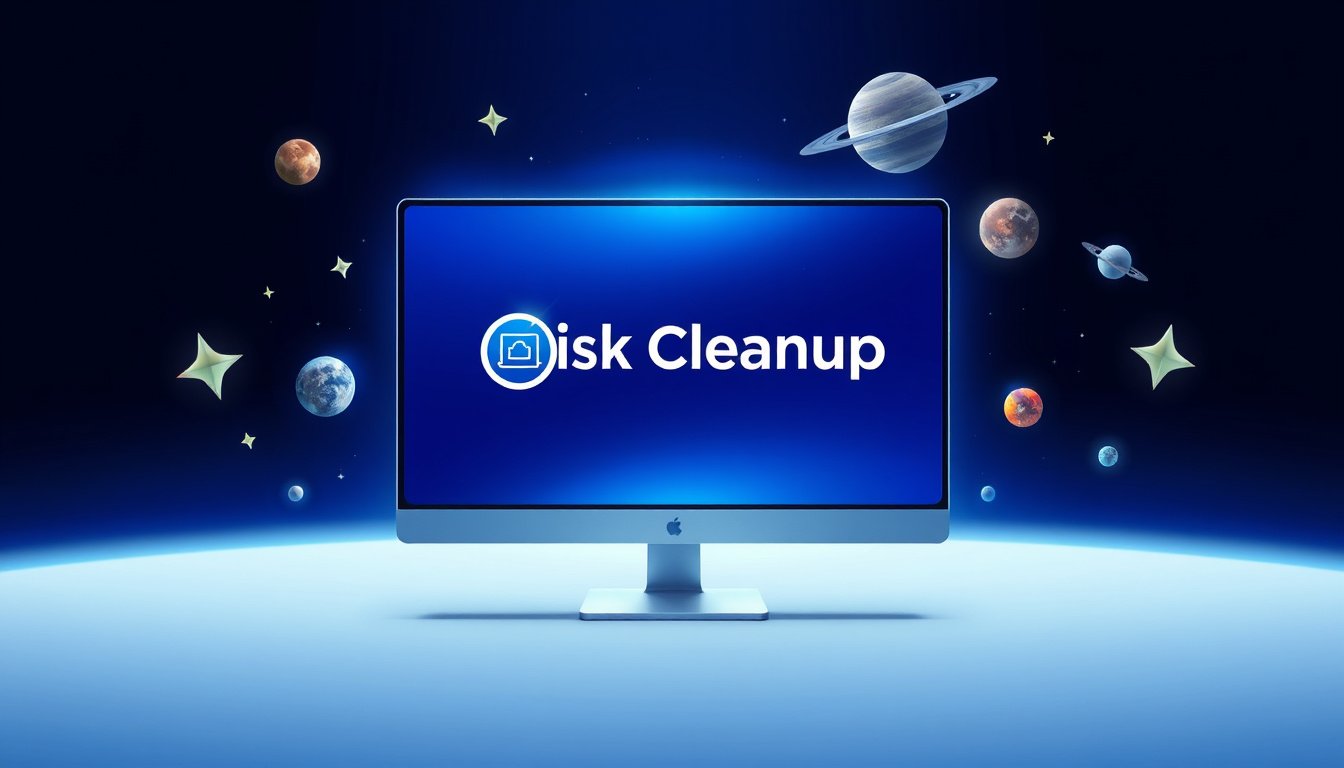
Running low on disk space can slow down your PC, prevent important updates, and reduce overall system performance. Fortunately, Windows provides a handy built-in tool called Disk Cleanup that helps you reclaim storage by removing unnecessary files safely and efficiently. This guide will walk you through everything you need to know to effectively use the Disk Cleanup utility and keep your computer running smoothly.
What Is Disk Cleanup?
Disk Cleanup is a native Windows utility designed to scan your hard drive and delete temporary files, system caches, recycle bin contents, and other types of files that are no longer needed by your system. It’s a simple way to free up significant disk space without risking your important data.
When and Why Should You Use Disk Cleanup?
You should consider using Disk Cleanup when you notice:
- Your PC is running low on disk space.
- Windows prompts a Low Disk Space warning.
- Your PC becomes sluggish or slow during daily operations.
- You’re unable to install Windows updates due to insufficient free space.
Freeing up disk space helps your operating system run faster, ensures that updates install properly, and prolongs the life of your hard drive.
How to Use Disk Cleanup on Windows 10 and Windows 11
Here’s an easy step-by-step guide to running Disk Cleanup:
Step 1: Open Disk Cleanup
- Press Windows + S or click the Start menu.
- Type Disk Cleanup in the search box.
- Select the Disk Cleanup app from the results.
Step 2: Choose the Drive
- If you have multiple drives, select the drive you want to clean (typically the C: drive where Windows is installed).
- Click OK.
Step 3: Select Files to Delete
- After the scan completes, a window will show you a list of file categories such as:
- Temporary Internet Files
- Recycle Bin
- Temporary files
- Thumbnails
- System error memory dump files
- Review the categories and select the types of files you want to delete. Avoid selecting Downloads unless you are sure you want to clear that folder.
- To clean up system files (like previous Windows installation files), click Clean up system files and allow the utility to re-scan. This option can free even more space.
Step 4: Confirm and Delete
- Click OK.
- You will be asked to confirm that you want to permanently delete these files.
- Click Delete Files to start the cleanup process.
Advanced Tips for Managing Disk Space with Disk Cleanup
- Automate with Storage Sense: Windows 10 and 11 feature Storage Sense, which can automatically delete unnecessary files based on your preferences. This helps keep your PC clutter-free without manual intervention.
- Check Large/Unused Files: Use Windows Storage settings under Cleanup Recommendations to identify large or unused files that Disk Cleanup might not catch.
- Move or Delete Personal Files: Videos, photos, and music are often large space consumers. Consider moving these files to an external drive or cloud storage.
- Emptying Recycle Bin: Deleting files moves them to the Recycle Bin, which still occupies disk space. Always remember to empty the Recycle Bin afterward to free up actual space.
- Using OneDrive Files On-Demand: If you use OneDrive, enable this feature to save space by storing smaller placeholder files locally and keeping full files in the cloud.
Using Disk Cleanup on Windows Server
For Windows Server environments (Server 2016, 2019, 2022, and beyond), Disk Cleanup is also available, although it sometimes requires enabling the Desktop Experience feature or manually adding cleanmgr.exe. Server administrators can run Disk Cleanup to maintain optimal storage, especially before updates or workloads needing space.
- To launch Disk Cleanup on Windows Server, run cleanmgr.exe or open Disk Cleanup from Administrative Tools.
- On older servers, you may need to add the Desktop Experience via Server Manager to enable this feature.
- Disk Cleanup on servers helps remove logs, cached update files, and temporary data to improve system stability and free storage.
Troubleshooting Disk Space Issues After Cleanup
- If you still encounter Low Disk Space errors after running Disk Cleanup, your Temp folders might be filling up with app files, particularly Microsoft Store app packages.
- Fix this by resetting the Microsoft Store cache:
- Press Windows + R, type
wsreset.exe, and press Enter.
- Press Windows + R, type
- Run the Windows Update troubleshooter from Settings > System > Troubleshoot > Other troubleshooters to fix update-related storage issues.
- Restart your PC to finalize cleanup operations.
Conclusion
The Disk Cleanup utility is a powerful, user-friendly tool that helps Windows users reclaim valuable storage space quickly. Regular use of Disk Cleanup can keep your system running efficiently, prevent errors related to low disk space, and ensure smooth installation of updates. Remember to explore complementary features such as Storage Sense and OneDrive Files On-Demand to optimize disk usage further.

By following this guide, you’ll unlock space on your PC and boost its performance, all with just a few clicks.
Additional Resources:
- Microsoft Support – Free up drive space in Windows
- Learn about Storage Sense and Cleanup Recommendations
- Overview of Disk Cleanup on Windows Server
Use Disk Cleanup today to reclaim your disk space and enjoy a faster, more efficient PC experience!






